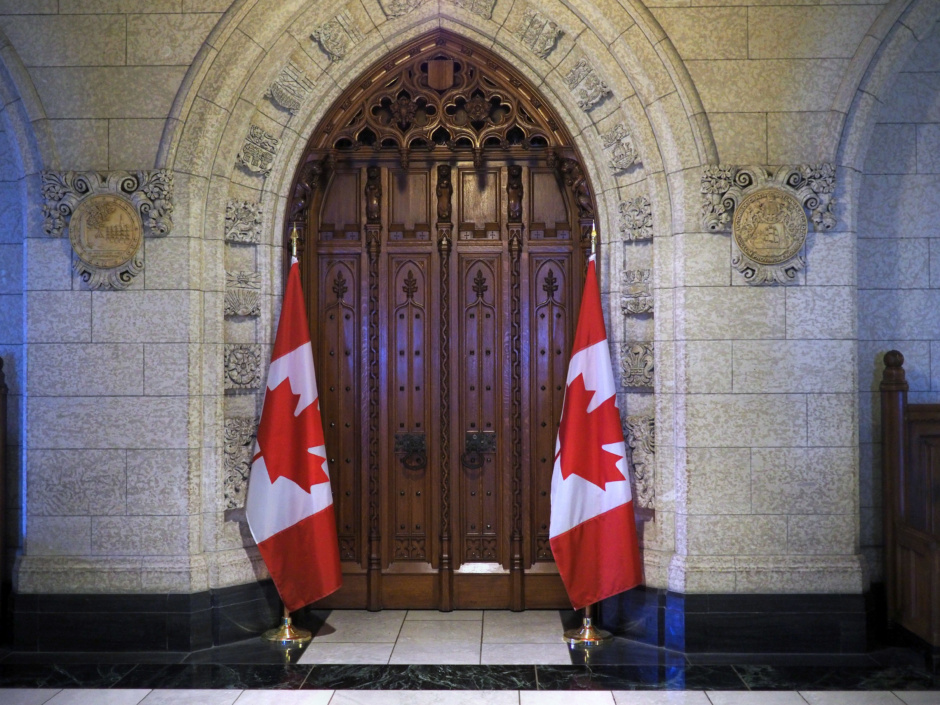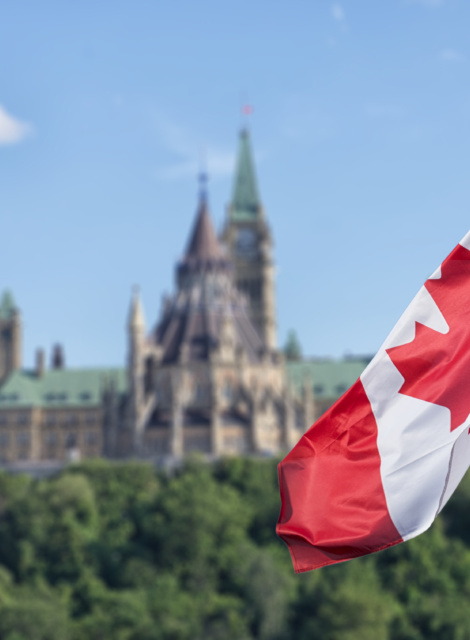- 2010
-

2015
Canada signs the Paris Agreement: The Paris Agreement is a legally binding international treaty on climate change. Its goal is to limit global warming to well below 2, preferably to 1.5 degrees Celsius, compared to pre-industrial levels. The Paris Agreement
-

2016
The Government of Canada develops the Pan Canadian Framework on Clean Growth and Climate Change: This document discusses plans to meet emissions targets and grow the economy. This approach includes carbon pricing. The Pan Canadian Framework on Clean Growth and Climate Change
-

2018
Government of Canada Announces Coal-Phase out for 2030: This is projected to cut carbon pollution from the electricity sector by 12.8 million tonnes. News release
- 2020
-

2020
Federal government announced new measures to support the electricity sector as part of the $15 billion in investments included in Canada’s strengthened climate plan, A Healthy Environment and a Healthy Economy. Measures specific to the electricity sector were outlined in the Clean Electricity Standard backgrounder. Environment and Climate Change Canada’s News release
-

2021
The Canadian Net-Zero Emissions Accountability Act becomes a law: This Act enshrines in legislation Canada’s commitment to achieve net-zero emissions by 2050. Source
-

2022
The Government of Canada published the 2030 Emissions Reductions Plan, issued under the Canadian Net-Zero Emissions Accountability Act. It provides a roadmap to how Canada will meet its enhanced Paris Agreement target to reduce emissions by 40-45% from 2005 levels by 2030. Source
- 2030
-

2030
Canada will need to have reduced its emissions 40-45% from 2005 levels. This will be done by reducing energy costs for homes and buildings; empowering communities to take climate action; making it easier for Canadians to switch to electric vehicles; driving down carbon pollution from the oil and gas sector; powering the economy with renewable electricity; helping industries develop and adopt clean technology; investing in nature and natural climate solutions, and more. This will put us on a path to achieve net-zero emissions by 2050
-

2035
Canada will need to have achieved a 100% net-zero emitting electricity grid by 2035 (Clean Electricity Standard). This will be essential to achieving the goal of a net zero economy by 2050. Source
- 2050
-

2050
The Government of Canada is committed to achieving net-zero emissions by 2050. Several provinces and cities have made net-zero-by-2050 commitments, including Guelph, Vancouver, Hamilton, Toronto, Halifax, Newfoundland and Labrador, and Quebec. Source
Net zero timeline
How did we decide on 2050 as the goal for net-zero emissions? And what do we need to do in order to achieve net-zero emissions by 2050?


